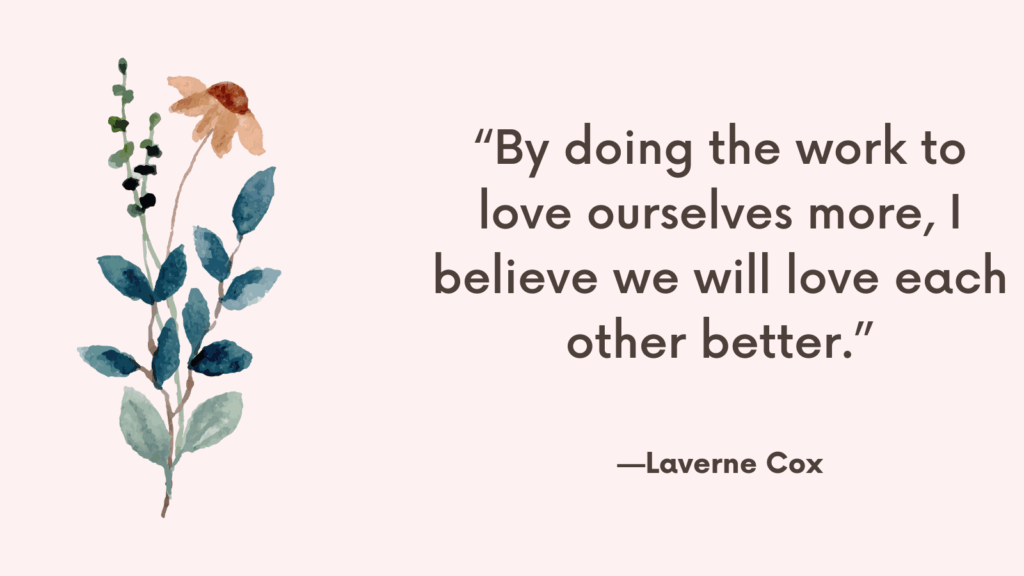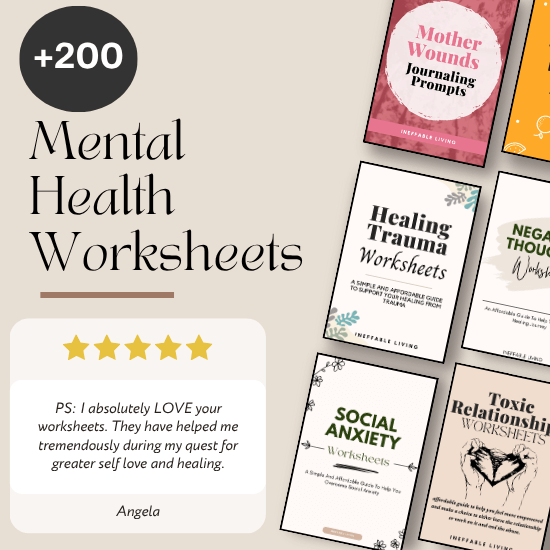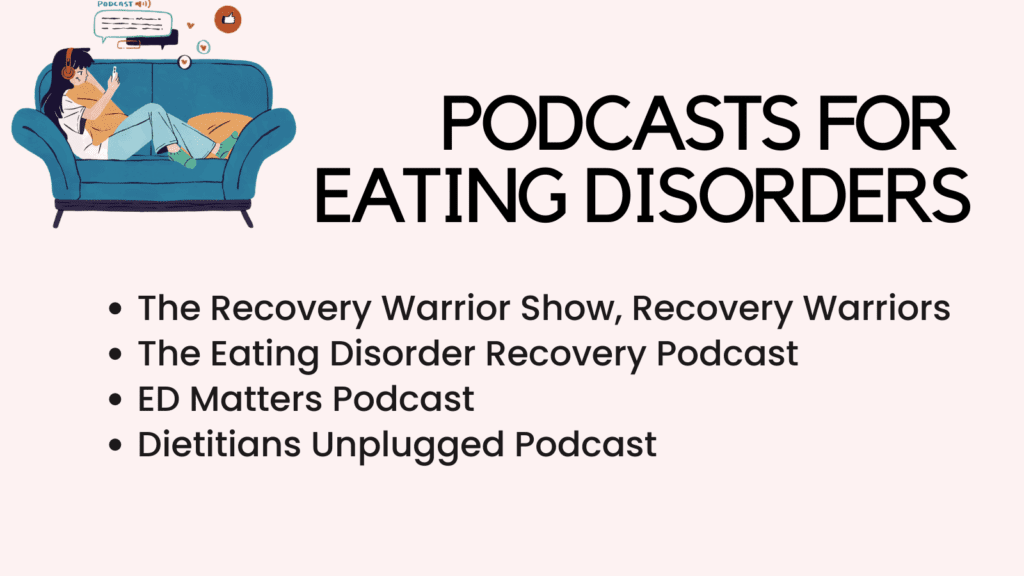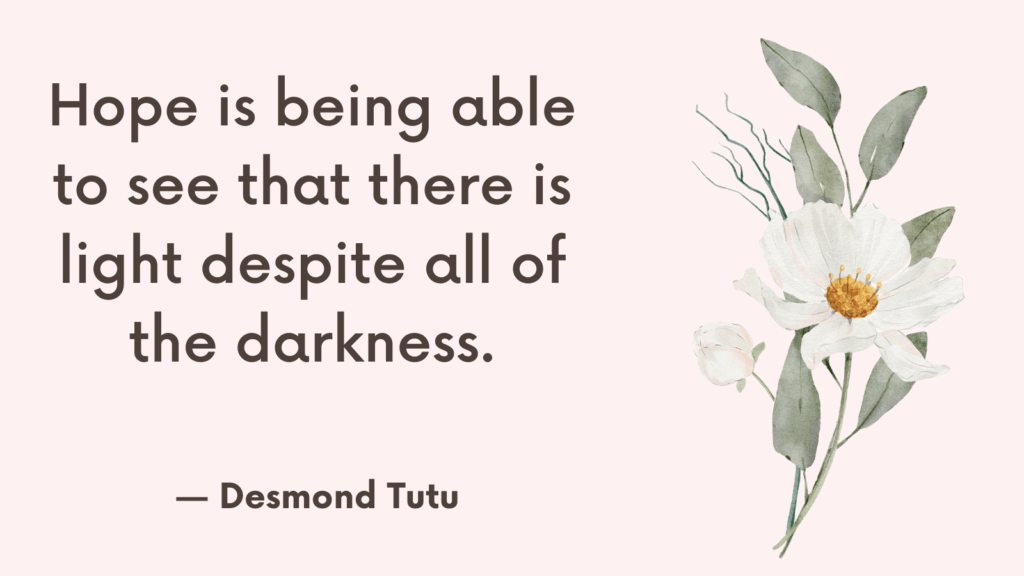Disordered eating doesn’t always look extreme or obvious. Sometimes, it hides behind socially praised “healthy habits” like clean eating, food tracking, or disciplined exercise. What makes a habit disordered isn’t how it looks from the outside—it’s how it affects your mind, body, and sense of self. Recognizing the red flags behind wellness culture can protect your relationship with food, movement, and your body.
What Makes a Habit “Healthy” vs. Harmful
| Aspect | Healthy Habit | Harmful Habit |
|---|---|---|
| Intent | Rooted in self-care | Driven by fear or control |
| Flexibility | Adaptable and relaxed | Rigid and rule-bound |
| Emotions | Brings peace and balance | Triggers guilt or shame |
| Motivation Source | Internal (joy, energy) | External (appearance, trends) |
| Food Focus | Nourishment and variety | Restriction or obsession |
| Rest & Indulgence | Welcomed and balanced | Seen as failure or weakness |
Related: Top 3 Eating Disorder Relapse Triggers
How to Recognize Disordered Eating Hiding as “Healthy Habits”?
1. You Feel Anxious or Guilty Around Food Choices
Healthy eating promotes flexibility and balance. If you feel shame, panic, or guilt for eating something “off plan,” the habit may be driven by fear, not health.
2. You Label Foods as “Good” or “Bad”
Dividing food into moral categories creates anxiety and restriction. True nourishment includes both nutrient-dense and comfort foods—without punishment or fear.
3. You Avoid Social Events Because of Food
If you skip meals out, birthdays, or gatherings to “stay on track,” it’s a sign that food rules are controlling your life more than enhancing it.
4. You Constantly Think About Food, Weight, or Rules
Planning every bite, calculating macros, or stressing about timing are signs that the behavior is no longer supportive—it’s obsessive.
5. You Exercise to “Earn” or “Undo” Food
Movement should support your body, not punish it. If exercise is only used to compensate for eating or to justify meals, it’s no longer a healthy habit.
Related: What NOT To Say To Someone With An Eating Disorder? (& What to Do Instead)
6. You Can’t Break the Routine Without Panic
Even “clean eating” becomes disordered when flexibility feels unsafe. If missing a workout or eating something unplanned ruins your day, the habit may be rooted in fear or control.
7. You’ve Lost Your Natural Hunger and Fullness Cues
If you eat according to the clock, a tracker, or external rules rather than your body’s signals, your relationship with food may have become rigid or disconnected.
8. You Fear Certain Food Groups (Like Carbs or Fats)
Avoiding entire categories of food under the guise of “health” can lead to nutritional imbalances, binge-restrict cycles, and food anxiety.
9. Your Body Image Dictates Your Food and Exercise Choices
If your choices are motivated by shrinking or controlling your body—not by energy, joy, or care—your habits may be masking body dissatisfaction or disordered thinking.
Related: How To Break Emotional Eating? Top 8 Powerful Ways To Stop Comfort Eating
10. You Feel Superior or Shameful Based on Food Choices
If you feel morally “better” for eating “clean” or ashamed for eating “junk,” this reflects internalized diet culture, not true well-being.
11. You Avoid Rest or View It as Laziness
If taking rest days or listening to fatigue makes you feel lazy or guilty, your drive for “discipline” may be overriding your body’s basic needs.
12. Health Becomes a Measure of Worth
When your identity and self-worth are tied to your diet, weight, or health routines, you’re at risk of disordered thinking—even if the habits look socially acceptable.
Related: 20 Eating Disorder Journal Prompts To Support Your Recovery
What to Do Instead?
When your relationship with food and exercise becomes rigid, fearful, or shame-driven, it’s time to shift from control to compassion. Here’s how to replace disordered patterns disguised as “healthy habits” with more supportive, sustainable, and life-affirming alternatives.
1. Eat for Nourishment and Enjoyment
Instead of obsessing over macros or calories, ask:
- “What does my body need today?”
- “What would feel satisfying and comforting right now?”
Balanced eating includes nutrients and joy—without guilt.
2. Honor Hunger and Fullness Cues
Practice listening to your body:
- Eat when you’re hungry, not just when your plan says to.
- Stop when you’re comfortably full, not when the plate is empty or your tracker approves.
Trusting your internal signals rebuilds connection with your body.
3. Practice Gentle Nutrition
Aim for variety over perfection. Instead of strict rules, try:
- “I’ll include something green with dinner.”
- “I’ll make sure I’ve had enough protein today.”
Let nutrition support your well-being, not dominate your choices.
4. Make Movement Joyful, Not Punitive
Choose movement that feels good—not just what burns calories.
- Walk outside, dance, stretch, hike, or rest.
- Ask: “What type of movement feels kind to me today?”
Exercise should energize you, not exhaust your self-worth.
Related: How to Stop Emotional Eating?
5. Let Go of All-or-Nothing Thinking
Replace “I blew it” with “One meal or day doesn’t define anything.”
Health is built over time, not in perfection. Flexibility is a key part of long-term well-being.
6. Ditch the “Good” vs. “Bad” Food Labels
All foods offer value—some provide nutrients, others comfort, culture, or pleasure.
Aim for a mindset of: “Food is neutral. My worth isn’t on my plate.”
7. Practice Body Respect Over Body Control
Your body isn’t a project—it’s a living, feeling, deserving being.
- Nourish it, move it, rest it.
- Speak to it with care, even on the hard days.
8. Rest Without Earning It
Rest is a basic need—not something you “earn” after a workout or clean eating.
- Take breaks.
- Sleep well.
- Say no when your body says no.
9. Surround Yourself With Anti-Diet Voices
Follow people and professionals who support intuitive eating, body neutrality, and self-compassion.
- Unfollow accounts that promote shame, obsession, or unrealistic standards.
10. Seek Professional Support If Needed
If your habits feel hard to change or are rooted in anxiety, fear, or trauma, working with a therapist or dietitian trained in eating disorders can help you heal at the root—not just manage the symptoms.
Related: Why Do I Feel Guilty After Eating? 7 Steps to Stop Food Guilt
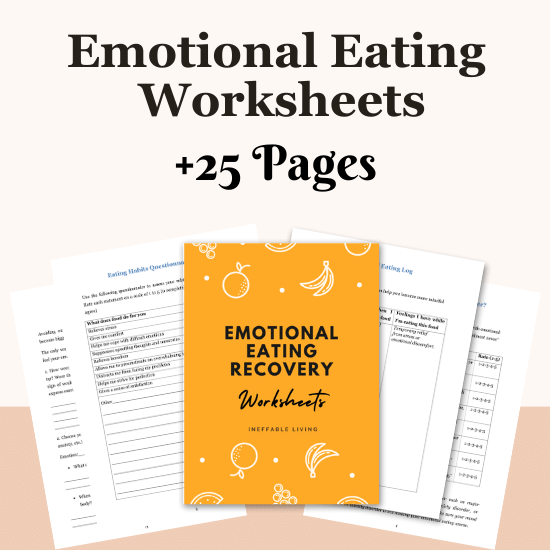
Conclusion
Disordered eating wrapped in “health” language is still disordered. You deserve a relationship with food and your body that is free, flexible, and kind—not rigid, fearful, or shame-based.
The goal isn’t to abandon health—it’s to redefine it. True wellness is not about rigid control, but about feeling alive, nourished, free, and at peace with your body. You deserve that kind of health.
